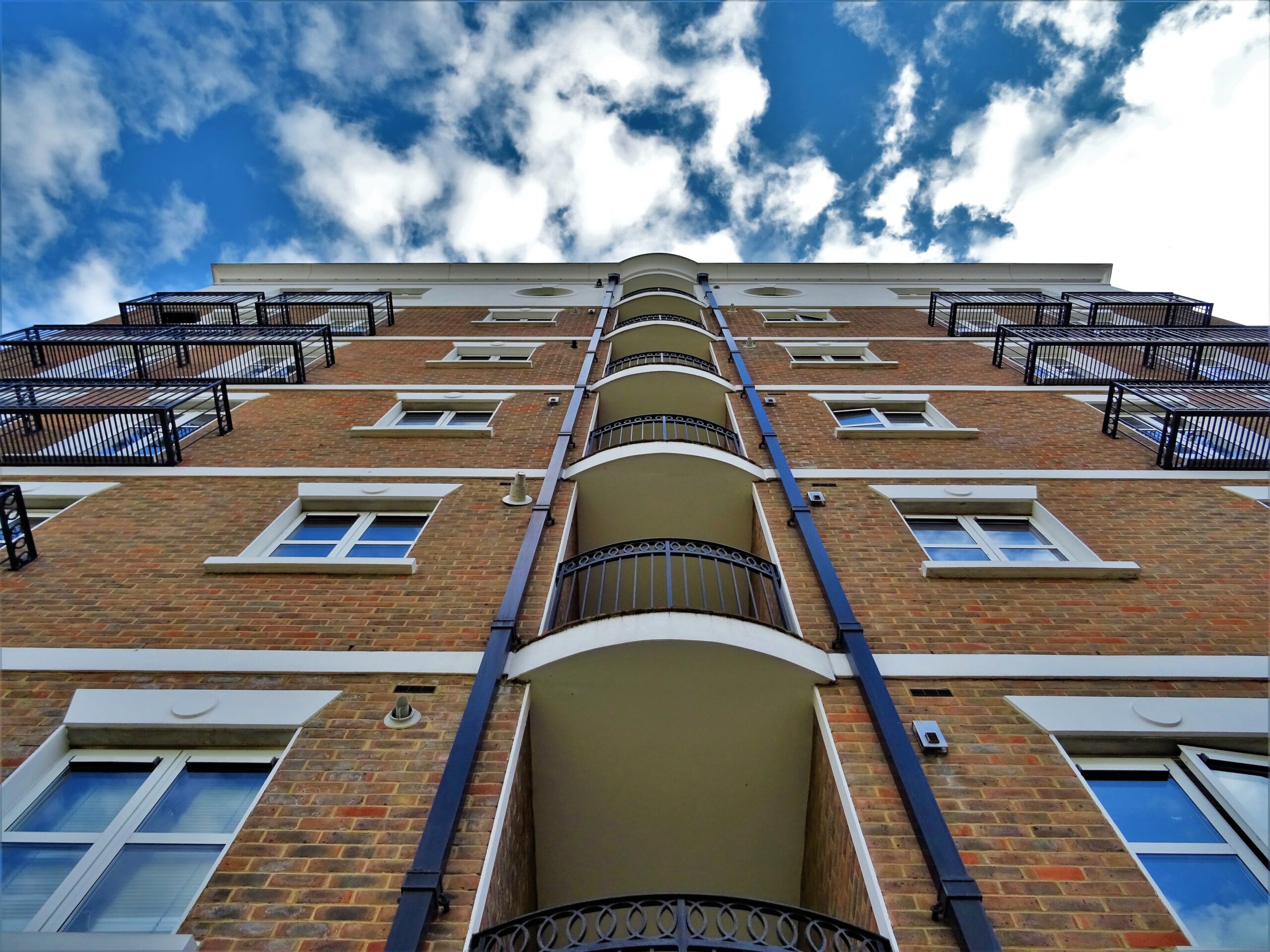Multi-family investing is no easy feat, especially when investors are involved. Accounting for all the variables – market, location, property type, number of units, condition, and more – there are so many choices.
Value-Add
I previously the 3 Business Models of Multi-Family Investing and why value-add is my favorite. The primary reason is because value-add assets, as opposed to distressed properties, offer cash flow on day one while still allowing for improvements that can raise the value of the asset and increase wealth for investors.
Uncertainty
Especially now, there are uncontrollable situations to be concerned about, includingconomic downturns and market corrections. After a decade of economic growth, even prior to COVID, there were worries of recession. COVID certainly threatened the state of the economy, but with the government’s intervention and stimulus, dollars have made its way into equities and real assets. Stock prices have been climbing and so has demand for real estate, as evidenced by compressed cap rates in any major market.
The point here is that even with all this uncertainty, and even with the higher prices investors are paying for real estate, there are still great wealth building opportunities in multi-family real estate. The primary prerequisite is conservative underwriting and conservative business models.
Current Cash Flow and Income Growth
Due to the greater demand for multi-family investments, there is a competitiveness of acquiring properties. In the past, investors would invest based on the income that the asset currently produces. Today, if you want to actually have an offer accepted, you likely have to invest based on the potential future income of the property. This means that, compared to the past, sponsors would be paying a higher price for today’s income.
While this may not be ideal, the more important consideration is that the property’s current income is sufficient to cover its debt service. In an earlier post, The Two Goals of Money Management, I shared that the first and most important goal of any investor is to protect the initial investment (not lose money). The concept of Cash Flow on Day 1 perfectly aligns with this objective. This means that the asset being acquired is an income earning asset and not one that costs money.
Investor Risk Profile
Since we do not have a perfect view of tomorrow’s market, the best mitigation is buying right. Of course, there are investment strategies that involve development or a major project on distressed properties, and these projects do not see income until units are online and producing rental income, but these strategies are of a different business model and higher risk profile.
For those seeking to passively invest in apartment syndications, it is important to consider your risk profile and goals of investing. Passive investing is a great source of diversification, tax benefits and wealth creation from rental income and the final sale, and depending on ones primary objective, investing in opportunities that produce cash flow on day one while still offering upside potential may be a great fit for the majority of passive investors.
